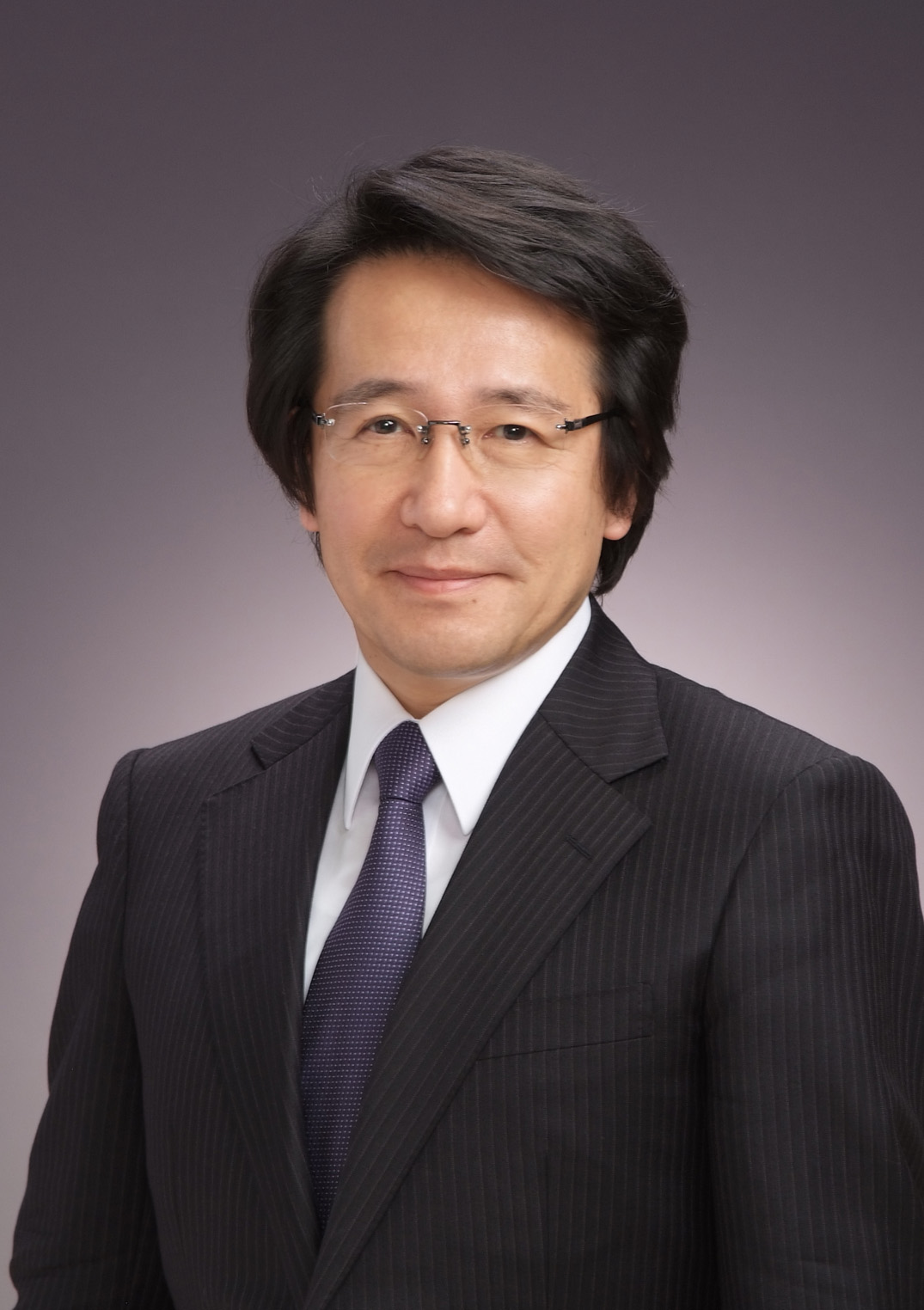Shigeyuki Yokoyama

Dr. Shigeyuki Yokoyama is an Emeritus Professor of the University of Tokyo, and currently leads the RIKEN Structural Biology Laboratory as a Distinguished Senior Scientist.
He received his Ph.D. from The University of Tokyo in 1981, and in the same year, he was awarded a JSPS Fellowship at the Department of Biophysics and Biochemistry, Faculty of Science, The University of Tokyo. He remained at the Department as an Associate Professor, and subsequently held a Professorship in the same Department until 2012. Since 1993, he has been concurrently appointed to his positions in RIKEN, which include Chief Scientist, Director of Cellular Signaling Laboratory, Group Director of the Structurome Research Group in Harima Institute at SPring-8, Project Director of the Protein Research Group, Genomic Sciences Center, and Director of the Systems and Structural Biology Center. He also served as the Project Director, Yokoyama CytoLogic Project, Exploratory Research for Advanced Technology, Japan Science and Technology Corporation.
His research has focused on the structural biology of proteins and nucleic acids, with a special emphasis on gene expression (transcription and translation) and on proteins participating in cell signaling systems involving extracellular ligands, transmembrane receptors etc., by using X-ray crystallography and NMR spectroscopy. The purpose of his research is to understand the molecular mechanisms underlying the functions of complex cellular machines consisting of many molecules, by analyzing the protein conformations and molecular functions. Among his many favorite targets, he has spent much time studying RNA polymerase, tRNAs, and aminoacyl-tRNA synthetases.
On the basis of his research on genetic systems (particularly the translation system), novel technologies, such as cell-free protein production technologies and the innovative genetic code systems utilizing unnatural base pairs and non-natural amino acids, have been developed. The cell-free protein synthesis method produces proteins by the in vitro use of the cellular translation machinery. His group dramatically improved the method to enable the production of challenging protein samples, such as huge, unstable complexes and human integral membrane proteins. The method evolved as a prerequisite to reconstitute the natural environmental system in vitro. For the genetic-code systems engineering, his team developed aminoacyl-tRNA synthetase mutants by molecular engineering on the basis of their crystal structures, and integrated them into Escherichia coli and mammalian cells to incorporate non-natural amino acids site-specifically into proteins. These technologies have successfully been used to understand protein functions, including human epidermal growth factor receptor signaling.
At present, he has assumed additional responsibility as the Executive Committee Member of the International Structural Genomics Organization. He was named a Foreign Honorary Member of the American Academy of Arts and Sciences in 2011, and was awarded The Commendation for Science and Technology by the Minister of Education, Culture, Sports, Science and Technology (Prize for Science and Technology) in 2014.
Abstracts this author is presenting:

